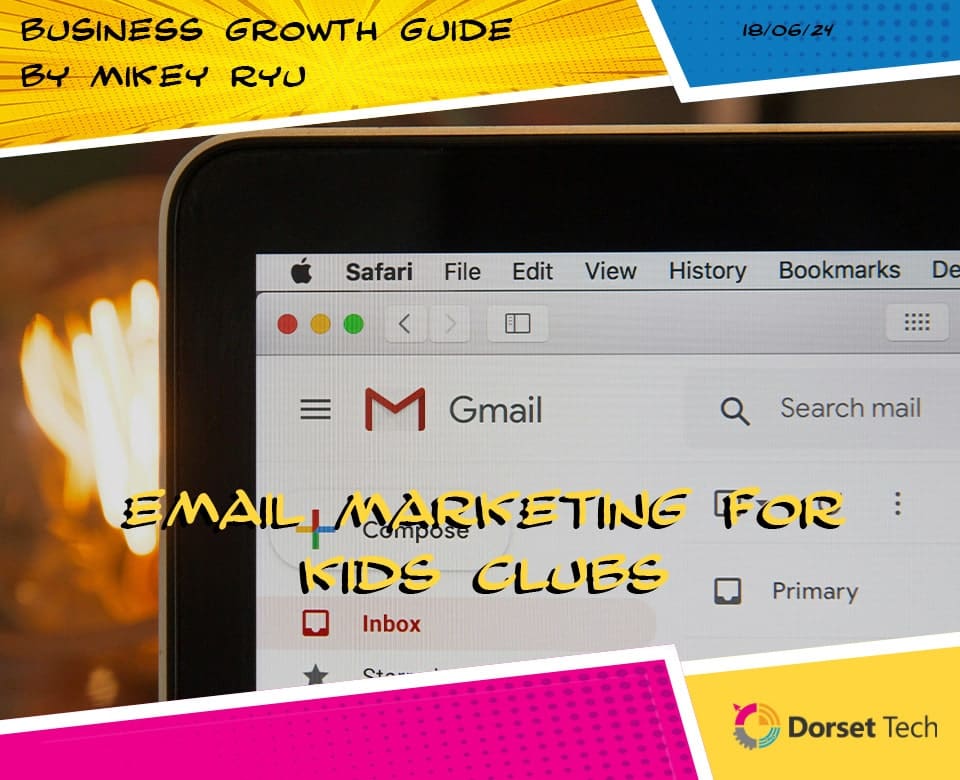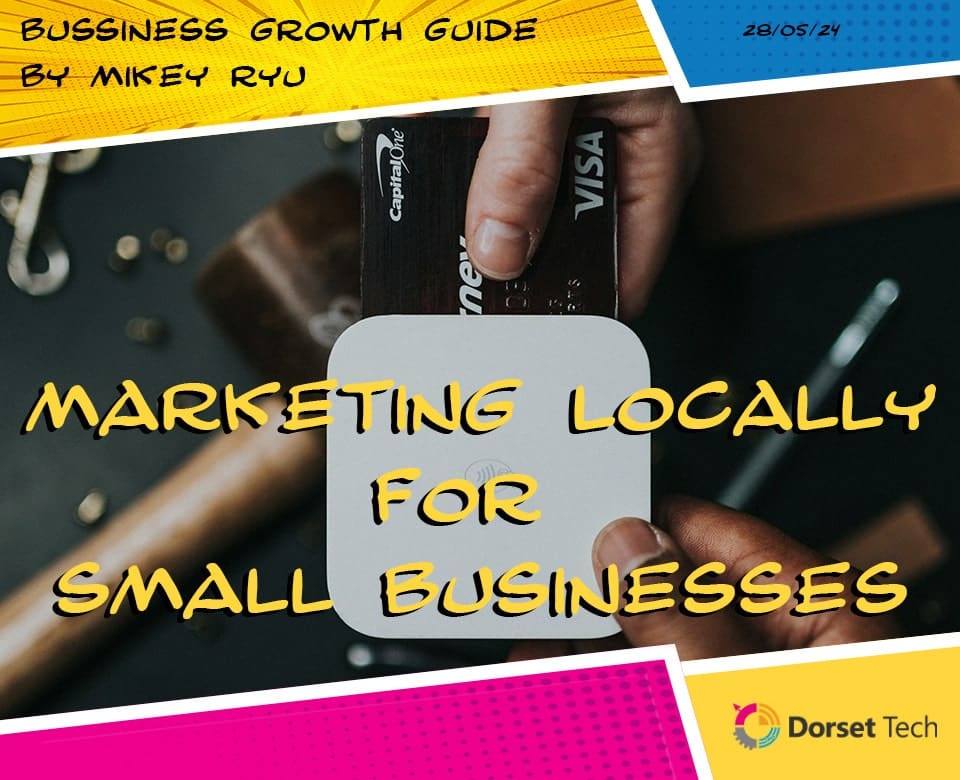
Inbound Ways of Growing a Business
Growing a business is a multifaceted challenge that requires a strategic approach. Inbound marketing has become a cornerstone of business growth, focusing on attracting customers through valuable content and experiences tailored to them. This blog will delve into the most effective inbound marketing strategies that can help your business expand and thrive.
1. Content Marketing
Content marketing is the foundation of inbound marketing. By creating and sharing valuable content, you can attract and engage your target audience.
Effective Content Marketing Techniques:
- Blogging: Regularly publish informative and engaging blog posts that address the needs and interests of your audience.
- Ebooks and Whitepapers: Offer in-depth resources that provide significant value and establish your authority in your industry.
- Infographics: Use visually appealing infographics to convey complex information quickly and clearly.
- Video Content: Create videos to explain your products, share customer testimonials, and provide educational content.
- Content Calendar: Develop a content calendar to plan and organise your content production and distribution.
2. Search Engine Optimisation (SEO)
SEO is critical for ensuring your content reaches your target audience through search engines. By optimising your website and content, you can improve your visibility and attract organic traffic.
Key SEO Strategies:
- Keyword Research: Identify the keywords and phrases your audience is searching for and incorporate them into your content.
- On-Page SEO: Optimise your website’s structure, meta tags, headers, and content for relevant keywords.
- Quality Content: Focus on creating high-quality, informative, and engaging content that satisfies user intent.
- Link Building: Build a network of quality backlinks from reputable websites to improve your site’s authority.
- Technical SEO: Ensure your website is technically sound, with fast load times, mobile-friendliness, and a secure connection (HTTPS).
3. Social Media Marketing
Social media platforms are powerful tools for connecting with your audience, sharing content, and building brand awareness.
Social Media Marketing Best Practices:
- Platform Selection: Choose the social media platforms that align with your target audience and industry.
- Engaging Content: Share a mix of content types, including text, images, videos, and live streams, to keep your audience engaged.
- Consistency: Post regularly and maintain a consistent voice and style across all platforms.
- Interaction: Engage with your audience by responding to comments, messages, and mentions.
- Analytics: Use social media analytics to track your performance and adjust your strategy based on data insights.
4. Email Marketing
Email marketing is a powerful way to nurture leads and build relationships with your audience over time.
Effective Email Marketing Strategies:
- Segmentation: Segment your email list based on demographics, behaviour, and interests to send more targeted messages.
- Personalisation: Personalise your emails with the recipient’s name and tailor the content to their specific needs.
- Automation: Use email automation to send timely and relevant emails, such as welcome sequences and drip campaigns.
- Engaging Content: Create valuable and engaging email content, including newsletters, product updates, and special offers.
- Analytics: Track your email performance using metrics such as open rates, click-through rates, and conversions to refine your strategy.
5. Search Engine Marketing (SEM)
SEM involves using paid advertising on search engines to increase your visibility and drive traffic to your website.
Key SEM Techniques:
- Keyword Targeting: Bid on relevant keywords that your target audience is searching for.
- Ad Copy: Write compelling ad copy that captures attention and encourages clicks.
- Landing Pages: Ensure your landing pages are optimised for conversions with clear CTAs and relevant content.
- Budget Management: Monitor your ad spend and adjust your budget based on campaign performance.
- A/B Testing: Test different ad variations to see which performs best and optimise accordingly.
6. Webinars and Online Events
Hosting webinars and online events is an excellent way to provide value to your audience while showcasing your expertise.
Strategies for Successful Webinars:
- Relevant Topics: Choose topics that address your audience’s pain points and interests.
- Promotion: Promote your webinar through email, social media, and your website to attract attendees.
- Engagement: Engage with your audience during the webinar through Q&A sessions, polls, and interactive content.
- Follow-Up: Follow up with attendees after the event with additional resources and next steps.
- Recording: Record your webinars and make them available on-demand for those who couldn’t attend live.
7. Influencer Marketing
Partnering with influencers can help you reach new audiences and build trust through authentic endorsements.
Effective Influencer Marketing Tactics:
- Identifying Influencers: Find influencers who align with your brand values and have a following that matches your target audience.
- Collaboration: Work with influencers to create content that resonates with their audience and promotes your products or services.
- Transparency: Ensure transparency by disclosing sponsored content and maintaining authenticity.
- Long-Term Relationships: Build long-term relationships with influencers to create ongoing partnerships and consistent promotion.
- Performance Tracking: Measure the impact of your influencer campaigns using metrics such as engagement, reach, and conversions.
8. Customer Reviews and Testimonials
Customer reviews and testimonials are powerful tools for building trust and credibility with potential customers.
Leveraging Customer Reviews:
- Collecting Reviews: Encourage satisfied customers to leave reviews on platforms such as Google, Yelp, and industry-specific sites.
- Showcasing Testimonials: Highlight positive customer testimonials on your website and marketing materials.
- Responding to Feedback: Respond to both positive and negative reviews to show that you value customer feedback and are committed to improvement.
- Case Studies: Create detailed case studies that showcase how your products or services have helped customers achieve their goals.
- User-Generated Content: Share user-generated content, such as photos and videos, that customers have created about your products.
Conclusion
Inbound marketing strategies are essential for growing a business by attracting, engaging, and delighting customers. By implementing effective content marketing, SEO, social media marketing, email marketing, SEM, webinars, influencer marketing, and leveraging customer reviews, you can build a strong foundation for sustainable growth. The key is to create valuable, relevant, and consistent experiences that resonate with your target audience and drive long-term success.




















